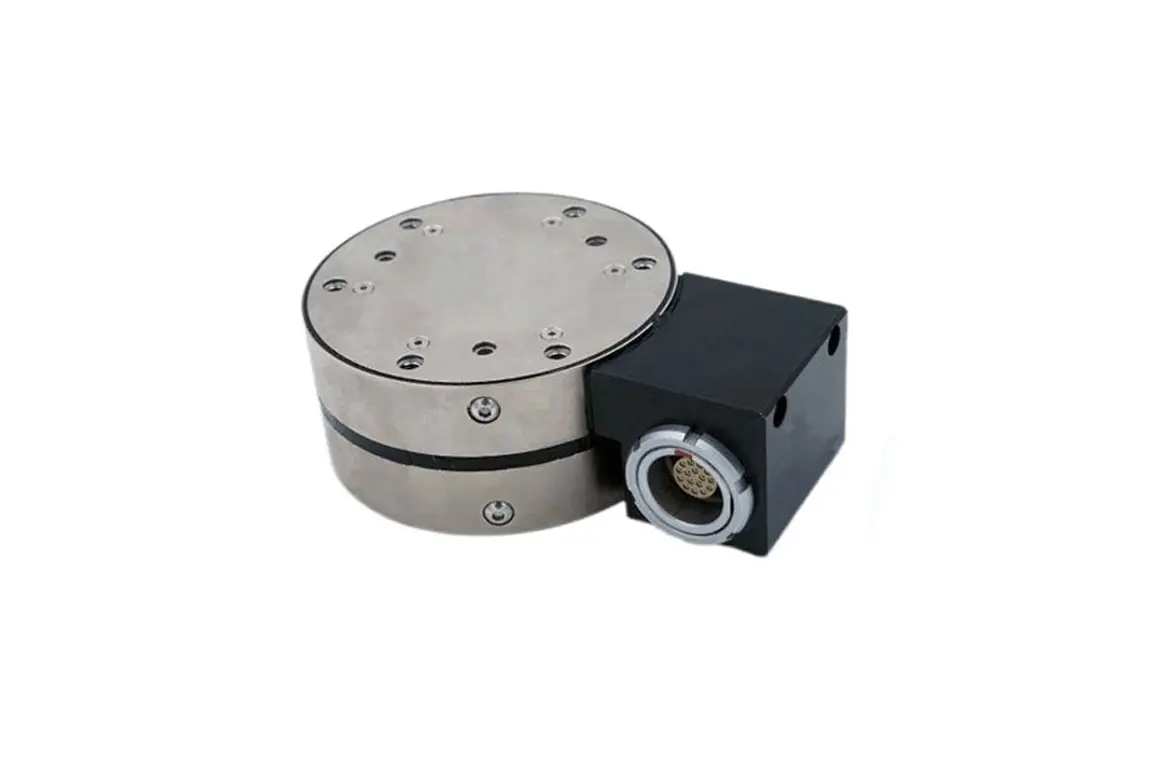Performance Evaluation and Selection Guide for Six-Axis Force Sensors for Industrial Robots
Introduction
With the rapid development of industrial automation, the performance of six-axis force sensors, as core components in robotics technology, directly affects the robot’s operating accuracy, safety, and flexibility. This article aims to deeply explore the performance evaluation indicators and selection guidelines of six-axis force sensors for industrial robots, to help engineers and R&D personnel better understand and select sensors suitable for their application scenarios.
1. Overview of Six-Axis Force Sensor
A six-axis force sensor, also known as a six-dimensional force sensor, is a precision measuring device that can simultaneously measure the force and torque of an object in three directions. It is based on the interaction principle of force and torque in mechanics, and converts mechanical information into electrical signals for output through the tiny deformation of elastic elements (such as elastomers or elastic diaphragms). This sensor is widely used in robotics, aerospace, automobile manufacturing, biomechanics and other fields.
2. Performance Evaluation Indicators
1. Accuracy and sensitivity
Accuracy and sensitivity are important indicators for evaluating the performance of six-axis force sensors. Accuracy refers to the degree of deviation between the sensor’s measured value and the actual value, while sensitivity reflects the sensor’s ability to respond to small changes. For industrial robots, high-precision six-axis force sensors can ensure the accuracy and stability of robot operations.
2. Range and overload capacity
The range refers to the maximum load force (or torque) that the sensor can effectively measure. When selecting a sensor, make sure its range can meet the actual working requirements of the robot. In addition, overload capacity is also a factor that cannot be ignored. It refers to the ability of the sensor to maintain a certain measurement capability when exceeding its range. Good overload capacity can protect the sensor from accidental damage.
3. Linearity and hysteresis
Linearity describes the degree of linear relationship between sensor output and input, while hysteresis reflects the inconsistency of sensor output values during loading and unloading. For industrial robots, six-axis force sensors with low linearity and low hysteresis can provide more accurate measurement results and reduce error accumulation.
4. Resolution and Noise
Resolution refers to the amount of small signal changes that a sensor can distinguish. A high-resolution sensor can capture more subtle mechanical changes and improve measurement accuracy. At the same time, the noise level is also an important factor affecting sensor performance. A low-noise sensor can provide a clearer signal output.
5. Environmental adaptability
The working environment of industrial robots is complex and changeable, so the six-axis force sensor needs to have good environmental adaptability. This includes temperature stability, waterproof and dustproof capabilities (such as IP rating) and electromagnetic compatibility. Good environmental adaptability can ensure that the sensor can maintain stable measurement performance under different working conditions.
3. Selection Guide
1. Clarify application scenario requirements
Before choosing a six-axis force sensor, you first need to clarify the specific requirements of the application scenario, including measurement accuracy, range, frequency response, etc. Select the appropriate sensor model and specifications according to the requirements.
2. Investigate sensor brands and manufacturers
There are many six-axis force sensor brands and manufacturers on the market, and their product quality and performance vary greatly. Therefore, when choosing, you need to examine the manufacturer’s technical strength, product quality, after-sales service and other factors, and choose a reputable and powerful brand.
3. Evaluate the cost-effectiveness
Under the premise of meeting application requirements, the cost-effectiveness between the price and performance of the sensor needs to be comprehensively considered. We should not blindly pursue high prices or high performance while ignoring actual needs and economic costs.
4. Field testing and verification
Before finalizing the sensor model, it is recommended to conduct field testing and verification. The sensor is tested for performance by simulating actual working scenarios to evaluate whether its performance in actual applications meets expectations.
IV. Conclusion
As an important component of industrial robots, the performance of six-axis force sensors directly affects the operation and safety of robots. Through the introduction of this article, we hope to help engineers and R&D personnel better understand and select six-axis force sensors suitable for their application scenarios. In the selection process, it is necessary to comprehensively consider multiple factors such as accuracy, range, linearity, hysteresis, resolution, noise, and environmental adaptability, and conduct a comprehensive evaluation based on actual needs and economic costs. Finally, a six-axis force sensor with high cost performance and stable performance is selected to provide strong guarantee for the precise operation and efficient operation of industrial robots.

